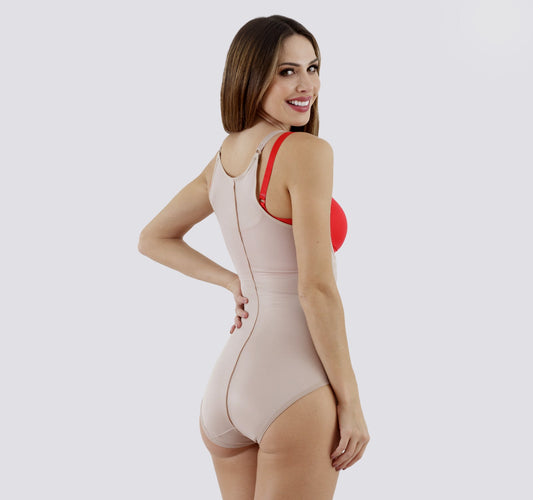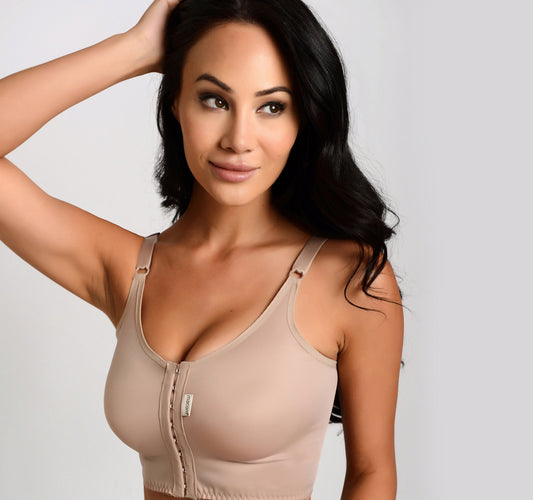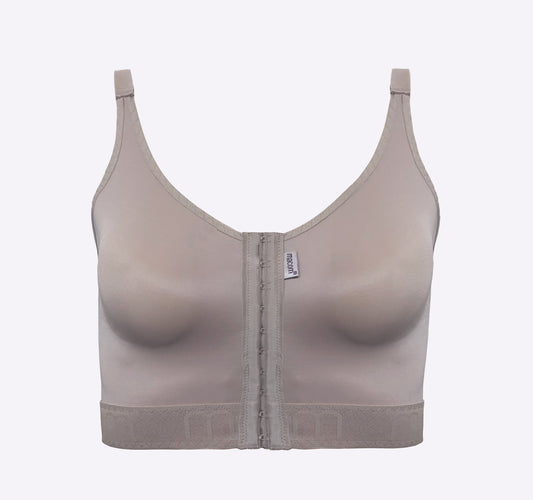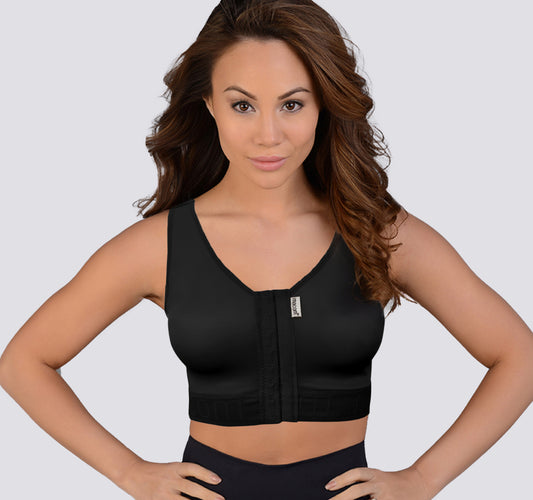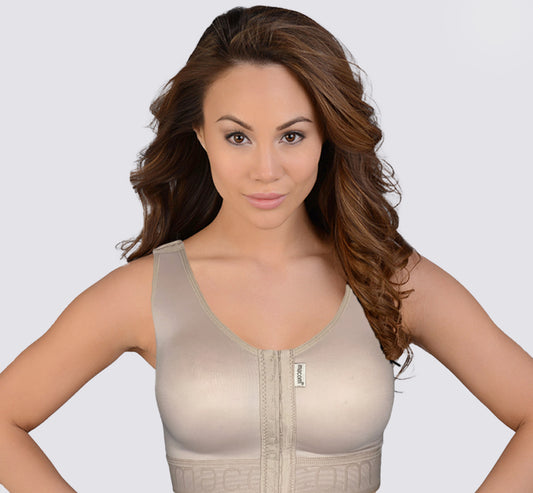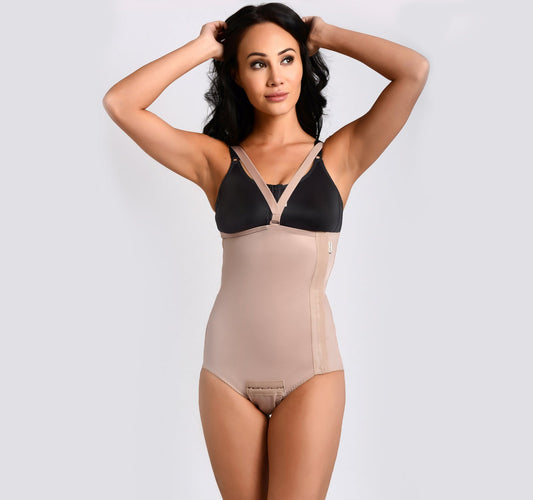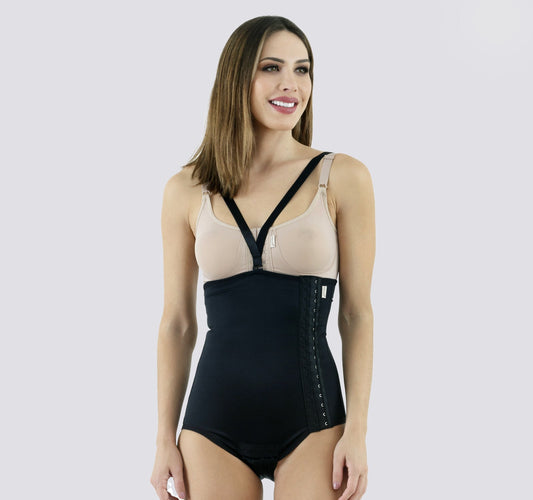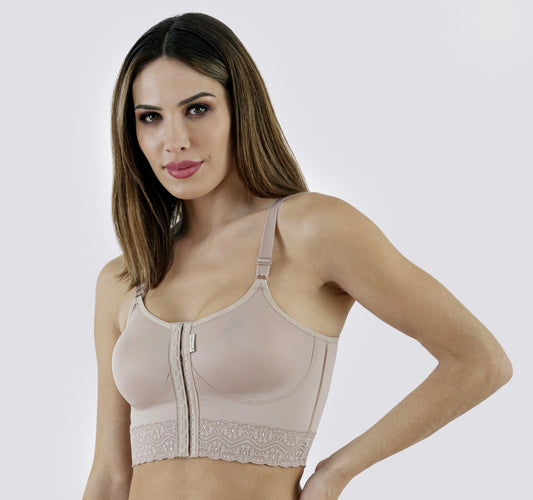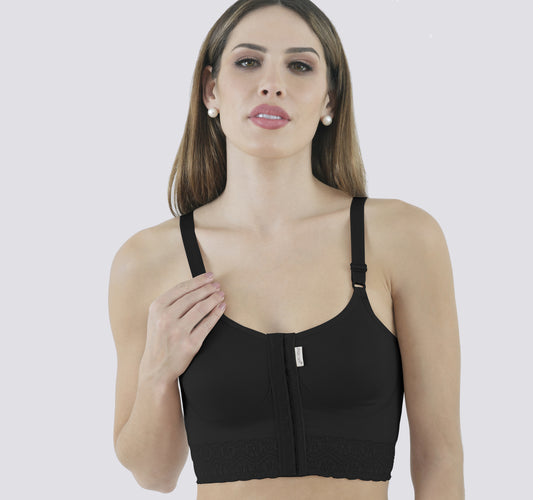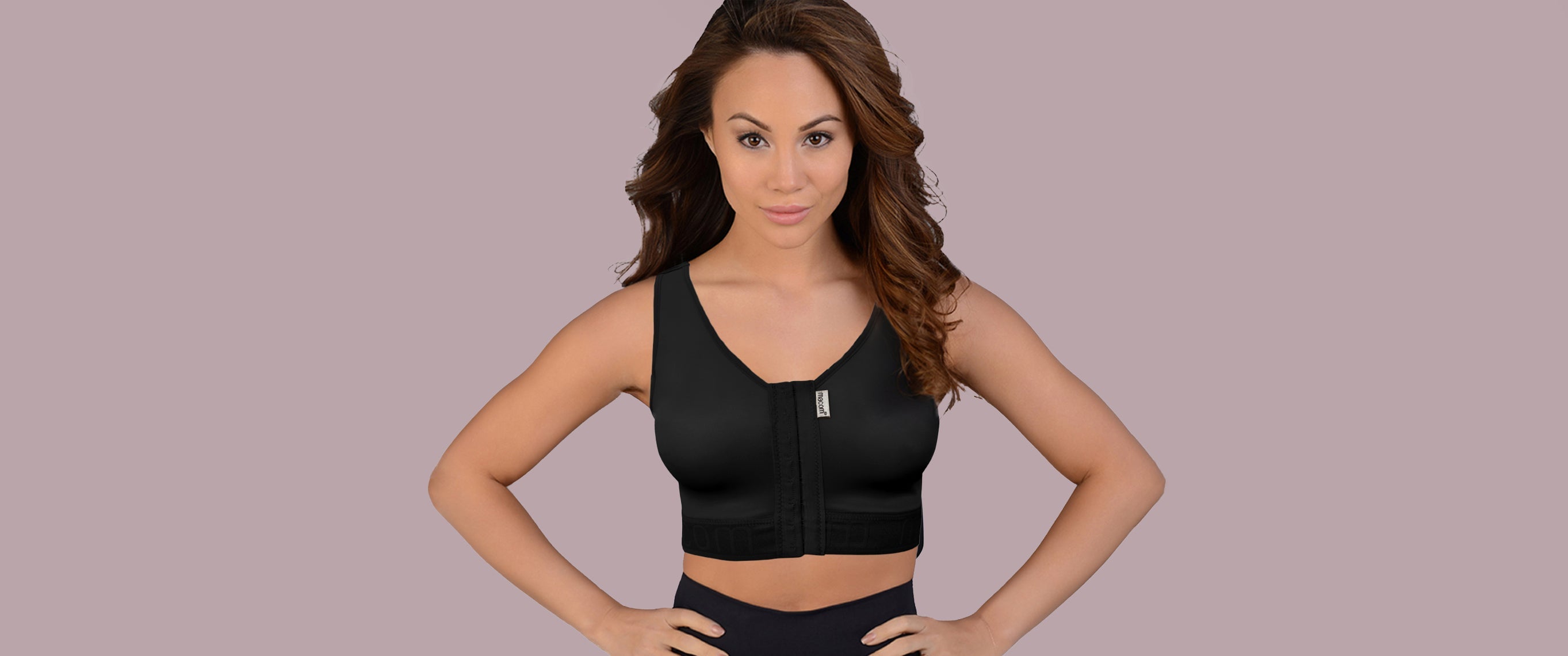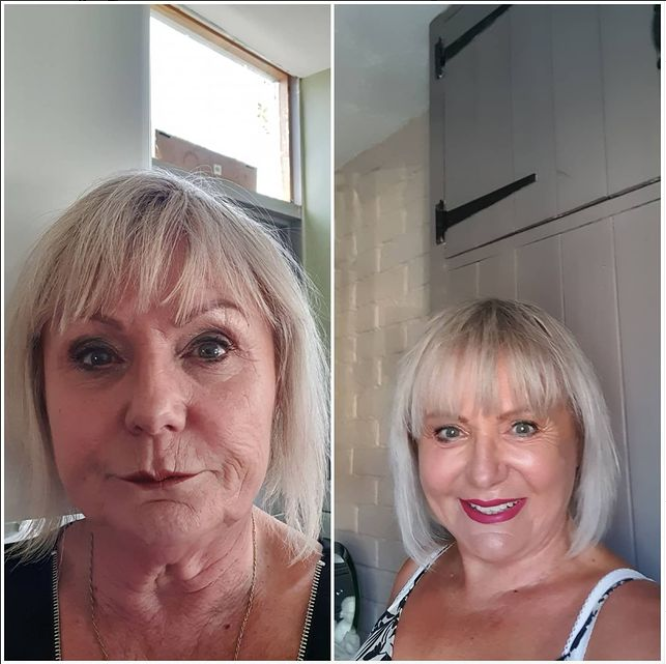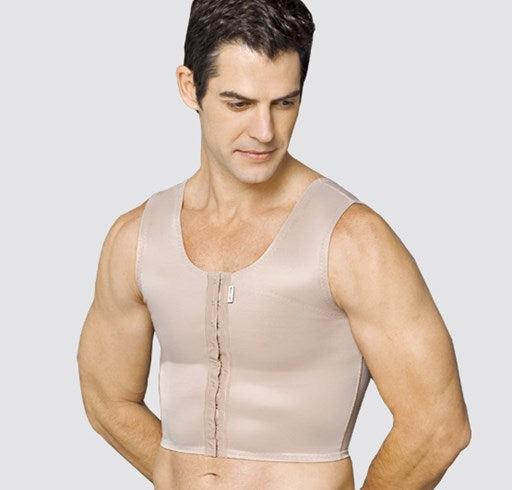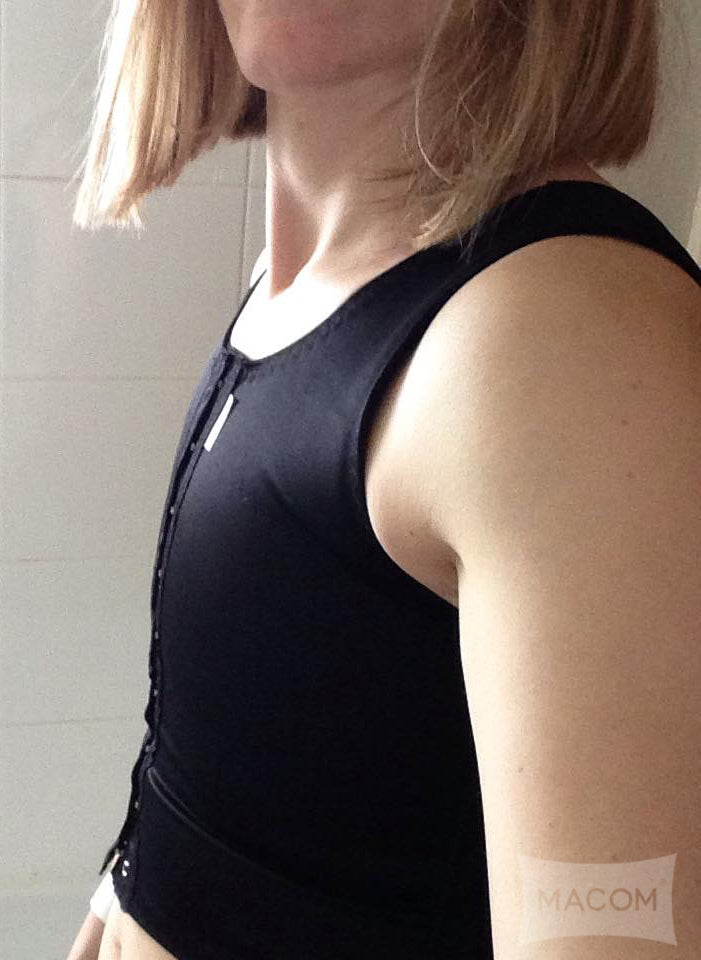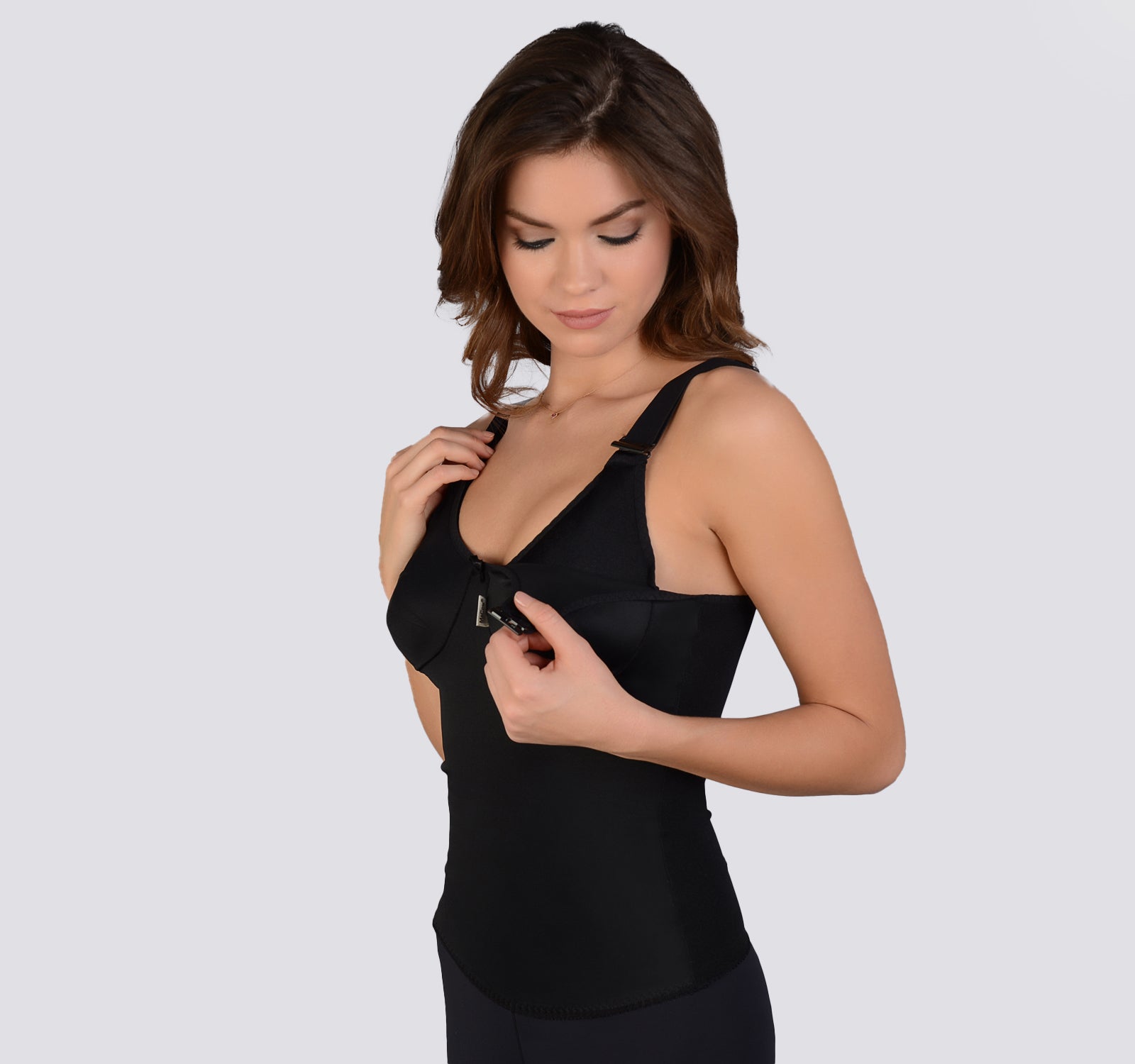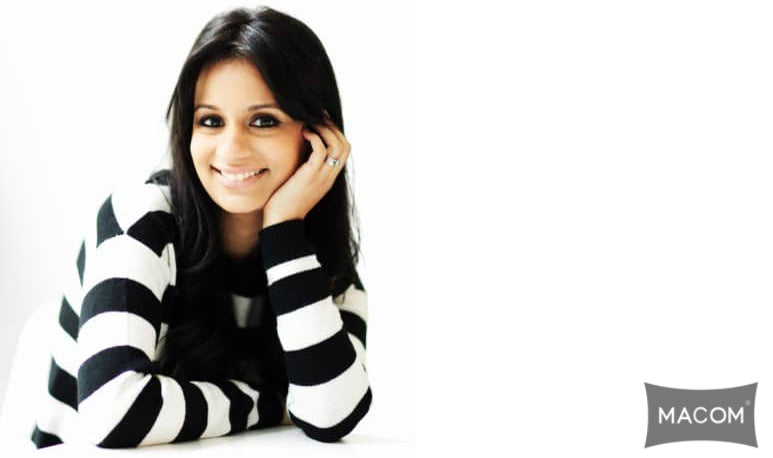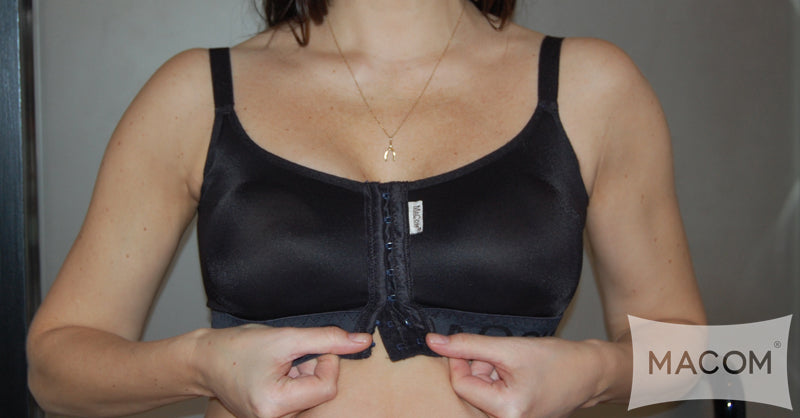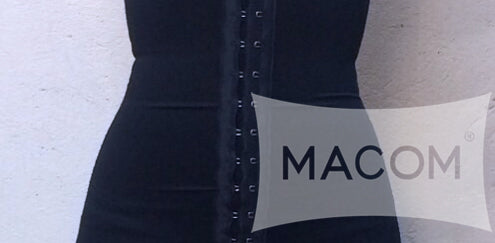
Here, we speak with Mr John Blythe, of clinic face, is a Consultant Oral and Maxillofacial Surgeon with a special interest in Facial Cosmetic Surgery. We discuss face lift procedures, the recovery process and how compression garments can help.
Mr Blythe works in the NHS in London and at one of the UK’s leading aesthetic clinics. He has received extensive international training in both surgical and non-surgical facial aesthetics and, together with his award-winning dentistry, is in a unique position to provide a wide spectrum of aesthetic face and dental treatments.
Mr Blythe has a strong ethos to link together the benefits of non-surgical modalities with minimally invasive surgical techniques to give impressive facial and smile results within minimal patient downtime. Alongside this he is passionate about helping individuals with chronic traumatic facial deformity and, as a result, patients travel far and near for his assistance.
As a specialist in facial cosmetic surgery, he is expertly placed to answer questions about face lift procedures and provide testimony to the importance of compression garments during the recovery process to optimise patient outcomes.
What are the most common types of face lift procedures?
This is an interesting question and it should be highlighted that there is a changing tide in facial aesthetics with a gradual shift in the popularity among differing face lifts. The most common contemporary approaches were not necessarily at the forefront of facial aesthetics ten years ago. Terms such as deep-plane face lift, tri-plane face lift, composite face lift, SMAS lift, subperiosteal lift, endoscopic lift, thread lift, S-lift, vertical lift, weekend lift, 8-point lift, liquid lift and lunch-time lift are terms repeatedly used in the press and frequent topics of discussion across international chat groups. The most prevalent of these techniques at any given time and location is multifactorial and linked to ideologies of the regional specialists and the impact of social media and the internet.
However, the constants are anatomy and ageing physiology. These have not significantly changed over several millennia. The common and overriding objective of patients attending the clinic is for a natural rejuvenated face without the stigmata of plastic surgery and with minimal downtime. The rapid evolution of facial aesthetics allows the facial cosmetic surgeon an impressive repertoire with which to combine surgical with non-surgical aesthetic procedures to achieve spectacular results with shorter recovery periods.
What is the MACS face lift and how does it differ from a conventional face lift?
The ‘MACS’ lift stands for minimal access cranial suspension face lift and is best explained by comparing it with conventional extensive access face lifts.
There are 3 main differences between the MACS lift and conventional lift:
- Firstly the scar is approximately 40–50% shorter than a convention face lift incision. This is hugely advantageous for the patient. The scar resides 2–3 mm within the hairline at a low temple level and curves down just inside the skin of the ear to finish at the base of the ear lobe. The unwanted physical appearance and stigma of a face lift is often linked with the section of the incision of the conventional face lift that sweeps behind the ear before turning onto the upper neck and lower hairline. The repetitive movement of the neck and skin tension risks this section becoming visible and patients may be concerned wearing their hair up or swimming communally. This risk is eradicated in the MACS lift.
- Secondly, we need to consider the management strategy of one of the key anatomical features in face lifting, the SMAS layer (superficial muscular aponeurosis system, see Grey’s Surgical Anatomy), which resides underneath the skin but just above important glands, nerves and muscles of the face. Consider it like a bed sheet, with age and gravity that sheet is stretched and bunches inferiorly in the face. The features of jowls, upper neck banding and loss of a sharp jawline are hallmarks of this. In essence, all surgical face lifts are manipulating the position of the aged SMAS layer to a more rejuvenated position. Historically, conventional face lifts imparted a horizontal pull on this layer. However the facial canvas looked ‘windswept’ and artificial. With the MACS lift, 2–3 strong fine sutures are gently woven through the SMAS that will draw up the SMAS ‘bed sheet’ layer in an efficient and safe way and anchor it to strong fibrous tissue in the temple region. Therefore the SMAS is not dissected and risks of encountering the facial nerve branches are greatly reduced.
- The third difference relates to the vector of the face lift (direction of skin and SMAS re-draping), which in a MACS lift is vertical and most effective in correcting the gravitational ageing. Lifting the SMAS vertically effectively lifts the lower face, sharpening the jawline and this in turn improves the appearance of the upper neck. Classically the upper neck has been approached by extending the face lift incision onto the upper neck behind the ears. The latter is avoided with the short scar approach.

MACS face lift diagram
The pink line indicates extent of incision (endural incision). The grey arrow indicates the vertical lifting effect on the SMAS layer with permanent or slow dissolving sutures. The purple arrow highlights the rejuvenating improvement to jowl, upper neck and jawline features.
What technique is used for a MACS face lift?
At the beginning of the patient journey, an extensive facial consultation, medical assessment and digital work up are performed to determine patient suitability. I routinely analyse the face anthropometrically followed by standardised facial photographs and the option of digitally produced predictions help determine the type of face lift and the merits of adjuvant procedures such as eyelid rejuvenation, upper neck liposuction and refinement lipofilling. Patient education and peri-operative counselling are critically important to address expectations on both sides. It is important that the patient understands the face lift is simply a surgical technique to raise descended tissues and redraft the overlying skin. The term I prefer is facial makeover because a face lift is often just one aspect of achieving facial rejuvenation, positive ageing and beautification.
Once the consultation period is complete, the patient is prepared for surgery. Pre-surgery skin preparation may be advocated for patients with skin damage possibly associated with years of sun exposure or cigarette smoking. This may include regenerative medical techniques. Face lift care doesn't stop at just lifting tissue, microscopic detail is required to make sure the skin cells making up the face are also optimal. This may involve chemical peels, retinol, vitamin C treatment or a series of platelet rich fibrin (PRF) or CD44 stimulating treatments.
The face lift technique can fundamentally be divided into 5 steps:
- Skin incision design and incision The benefit of this technique is the relatively small skin incision. The design of the incision is different for men and women. The top of the incision extends 2cm into the temple region, 2–3mm behind the hairline. The lower limit is within the crease between the earlobe and the face. Between these limits the incision gently runs into the shadows and creases produced by the front edge of the ear.
- The optimal exposure of the SMAS layer beneath the skin The web of tissue beneath the skin, the SMAS layer, is the crucial player achieving a successful lift. This is carefully identified and exposed.
- Lifting the SMAS layer in a vertical direction and anchoring the new position This is achieved by the precise placement of a series of fine strong sutures (stitches), which imparts a natural-looking lift on the face and upper neck.
- The rejuvenating re-draping the skin and skin incision closure This manoeuvre is an artistic and scientific balance to create a balanced, symmetrical and beautiful cheek contour while safeguarding the microcirculation of the dermal blood supply and optimising scar healing.
- Facial makeover adjuvants Additional treatments in the facial makeover may include eyelid rejuvenation, mid-face lifting, neck liposuction and facial fat grafting to optimise cheek, temple and jawline features.
Meticulous planning at consultation will have determined indications for rejuvenating surgery or treatments in other facial zones. Facial rejuvenation surgery is not purely about the subtraction of unwanted skin and tightening deeper tissues. The face ages in a spectrum of ways. Volume loss is also a factor and may be due to wear of teeth, loss of fat, bone or muscle mass within the face. Restoring facial proportion requires an additive aspect during surgery or following surgery. This attention to detail makes an immense difference.
Who would be a suitable candidate for a face lift?
A MACS lift would be beneficial for men and women who have noticed a loss of definition of their jawline and moderate to severe jowl formation. Patients will often report they have noticed their faces have ‘dropped’. Although these features may develop during the 40s and 50s, there are huge biological ageing differences among individuals representing the interplay between genetic and social factors.
A proportion of my surgical referrals are from leading aesthetic doctors. In these circumstances their patients have received excellent non-surgical treatments over several years but have reached a point when ageing features have progressed beyond limits where improvement with non-surgical aesthetics alone is not possible. This is one of the great aspects of the aesthetics community, collaborative approaches with colleagues achieve such great results with patients. The treatment plan is designed for the patient and takes into account the long-term role of their expert aesthetic doctor once the surgical phase has finished.
The MACS lift is the most common surgical face lift I perform but patient selection determines the type of face lift offered. Under rare circumstances, I reserve more extensive and conventional face lifts when patients present late with severe facial ageing.

What can patients expect post operatively?
The pre-operative conversations are important and therefore patients have several consultations before surgery to discuss important concepts. Surgery does not go ahead until patients feel fully informed about the procedure. Five key matters for discussion that need to be explained are post-operative pain, swelling, bruising, scarring and perpetual ageing. My goal is to provide pain free care so both my team and the patient must be hot on pain management. A combination of steps are taken to prevent pain after surgery: the use of long-acting local anaesthetic at the time of surgery, excellent analgesics, regular cool pack application and important nursing advice on head position when resting.
How long does it take to recover from a face lift?
Swelling is common and a natural process after any form of surgery. Swelling is minimised during the face lift procedure by meticulously gentle skin and tissue handling, anti-swelling medications and the application of the latest technology of tissue sealants and support garments. Before surgery, patients are measured for a perfect fitting face compression garment. This will be worn routinely for several days after surgery, potentially longer in more complex cases. Typically 80% of the swelling resolves within 10–14 days and the final 20% over the coming weeks. In relation to scarring, the incisions are designed to be hidden as much as possible in the hair line and inner aspect of the ear. The scars appear red for the first 6–12 weeks before fading to a rarely noticeable faint line.
Can any steps be taken to reduce swelling and speed recovery?
There are several key steps to manage post-operative swelling and speed up recovery, which I have touched upon earlier but let me explain in further detail. With all forms of surgery, a degree of surgically induced inflammation will be caused. The body’s innate response to surgery or tissue injury is acute inflammation. A cascade of inflammatory events take place and one in particular is that capillaries and small blood vessels supplying the area become more leaky allowing more fluid to accumulate. I employ several steps to minimise this post-operative swelling:
- Fundamentally the right technique, on the right patient with the right care will minimise post operative events such as swelling. Therefore a prerequisite step is based on good knowledge of aesthetic surgery and anatomy, which I have gained from my extensive UK-based surgical training and a 1 year international cosmetic fellowship.
- Secondly, preparation is key. I provide patients with pre-medication two days before surgery. This approach reduces bruising and fluid leakage from small facial blood vessels during or after surgery.
- Thirdly, at the start of surgery a tumescent solution is introduced into the face. The solution has a combination of benefits. The tumescent contains long-action anaesthetic, adrenaline and steroids with their resulting actions to reduce pain, bruising and swelling. Pain management is very important. By offering patients a comfortable recovery period you maintain a lower blood pressure in the facial arterial system. Thus less pressure to drive swelling.
- Fourthly, meticulous surgical technique is important in minimising swelling. Often in teaching I refer to tissue handling on a par to handling a butterfly’s wings, to emphasise the importance of delicate hands. In addition, small drains are placed at the end of surgery for a few hours to further minimise post-operative swelling.
Following surgery there are key post-operative steps that should be taken to minimise post operative swelling. The finest facial compression garments are placed immediately after and remain in place for 48 hours and then the duration of wear is carefully stepped down over the coming weeks. Intermittent ice packs, coolant devices and resting positions are important factors in capitalising on the early gains in keeping swelling at bay.
Which face-lifter compression mask would you recommend and why?
I currently use the macom® face-lifter range. I have chosen to use this garment because it is a quality product. The garment is often the first feature that patients see in the mirror following surgery and patients need to be compliant to wear the compression garment in the short and medium term. Therefore it has to meet my ideal requirements; meet patient approval for appearance, comfort and easy for them to remove and reapply. Patients feel reassured they are wearing a product that will optimise recovery.
What are the benefits of using the macom® face-lifter compression garment?
I closely monitor patients in the early post-operative period and I find the garments provide appropriate compression to the face without compromising the blood or lymphatic supply. The extensive size range and opportunity to vary the tightness of the garment with the fastening system enables both the clinical team and patient to achieve the best fit. The soft blend of fabric and external seams delivers comfort for patients. The new range of macom® garments also provides added improvement in dermal micro circulation and temperature control. The garments are aesthetically acceptable and patients find chic methods of covering them with a wide variety of silk scarfs.
Can you share any other advice for post-operative recovery and skin care?
Yes, to optimise good scar results I recommend daily SPF 50, daily silicone ointment application and localised face massage techniques. Of my main patient goals and a feature I like to see as early as the 3-month review appointment is impressive scar healing. The quality of scar care is multifactorial but patient self-care is crucial to the outcome. I strongly advise nutritional steps, a selection of scar ointments, SPF 50 and massage techniques to achieve ‘scarless’ results.
Healed results at one year





